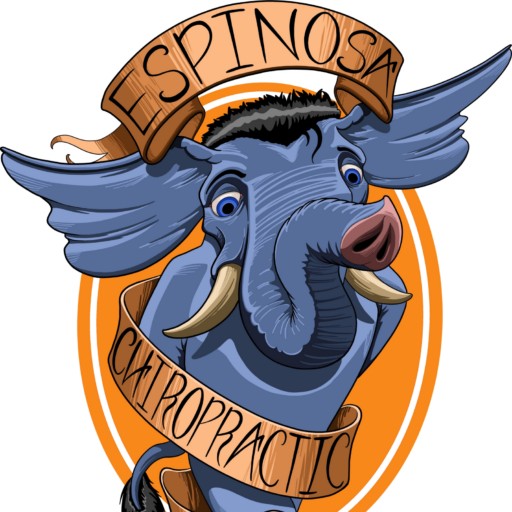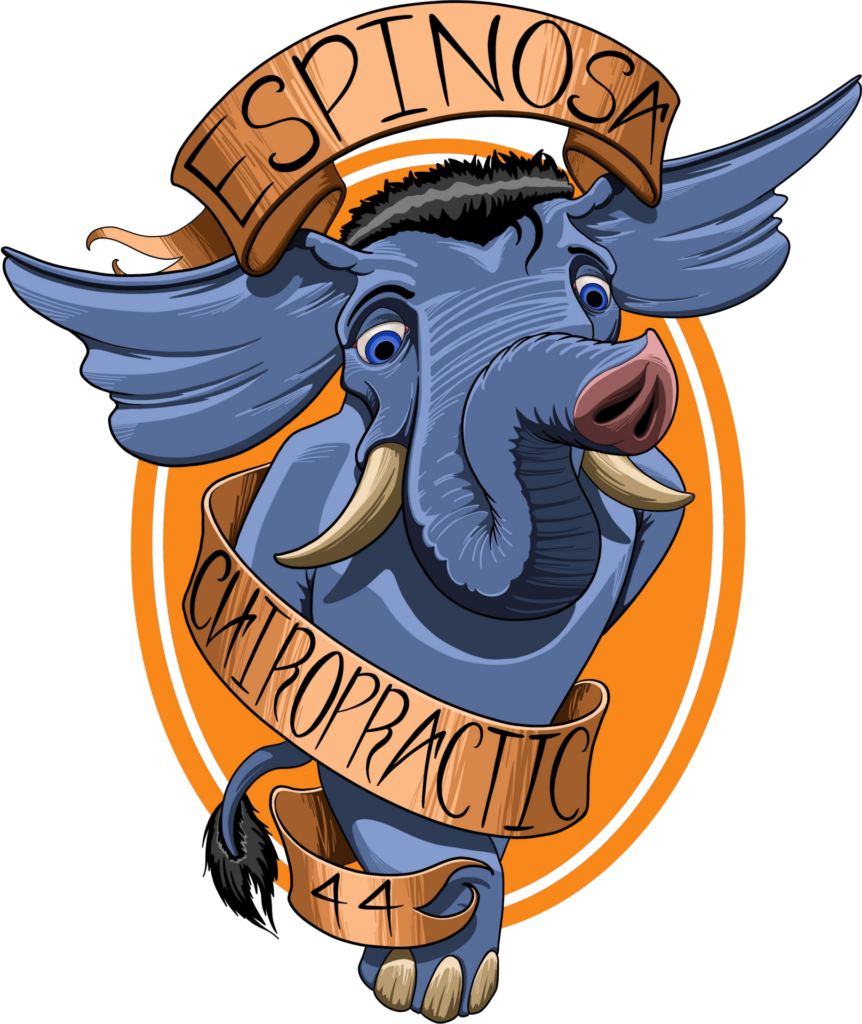Posts Tagged ‘decompression’
Your Spine in Detail: Spinal Motion Segments

What are spinal motion segments?
Also known as functional spinal units, spinal motion segments are the workhorses of your spine. They comprise not the smallest individual components of the spine, but the smallest combination of components that contributes to overall function. A spinal motion segment is made up of:
- Two adjacent vertebrae
- Intervertebral disc
- Two facet joints which connect the vertebrae
- Supportive ligaments and other soft tissues
The first three are known as the articulation triad, a group whose combined function allows for flexibility and movement of the spine, while also stabilizing it and preventing damage from excessive movement. For example, the facet joints, encapsulated in a layer of hyaline cartilage, allow for reasonable movement of the spine while also protecting it from hypermobility, or the over-flexibility between moving parts of the spine. The discs provide for shock absorption and combat the daily compression that results from poor posture, mini-vibrations of walking and the downward pressure of gravity. And all of this is happening without you even noticing.
Protecting your spinal motion segment with chiropractic
Chiropractic is about optimizing the spine at every level of function. Injuries that we treat which specifically deal with spinal motion segments include:
- Herniated disc
- Degenerative disc disease
- Pinched nerves
- Facet Joint Syndrome
Treating one component of the spinal motion segment necessarily means improving the function of the others. Whether you are suffering from damage to your discs, facet joints or the soft tissues that support them, chiropractic has a variety of modalities to help you improve function and effect faster, more effective healing. Those modalities include:
- Chiropractic adjustment to restore spinal alignment and improve range of motion
- Decompression to reduce intradiscal pressure, and increase space between the vertebrae to allow for rehydration and healing.
- Hands-on modalities including trigger point therapy and massage that decrease swelling and inflammation.
If you are interested in finding out how the function of your spinal motion segments could be contributing to your back pain, give our office a call to schedule an appointment today.
Why does Spinal Decompression Feel so Good?

Decompression makes sense
Whether you realize it or not, your spine is constantly being compressed- by gravity no less! And during the course of human life, we add in a whole load of other compressive forces that conspire to throw our spines out of balance and degrade the natural structures we were born with. Compression is a signal contributor to degenerative disc disease, herniated discs and nerve conditions such as pinched nerves and sciatica. For people suffering the pain and discomfort of these conditions, it makes sense to try and reverse the harmful forces and the best way we know how to do that is through decompression.
